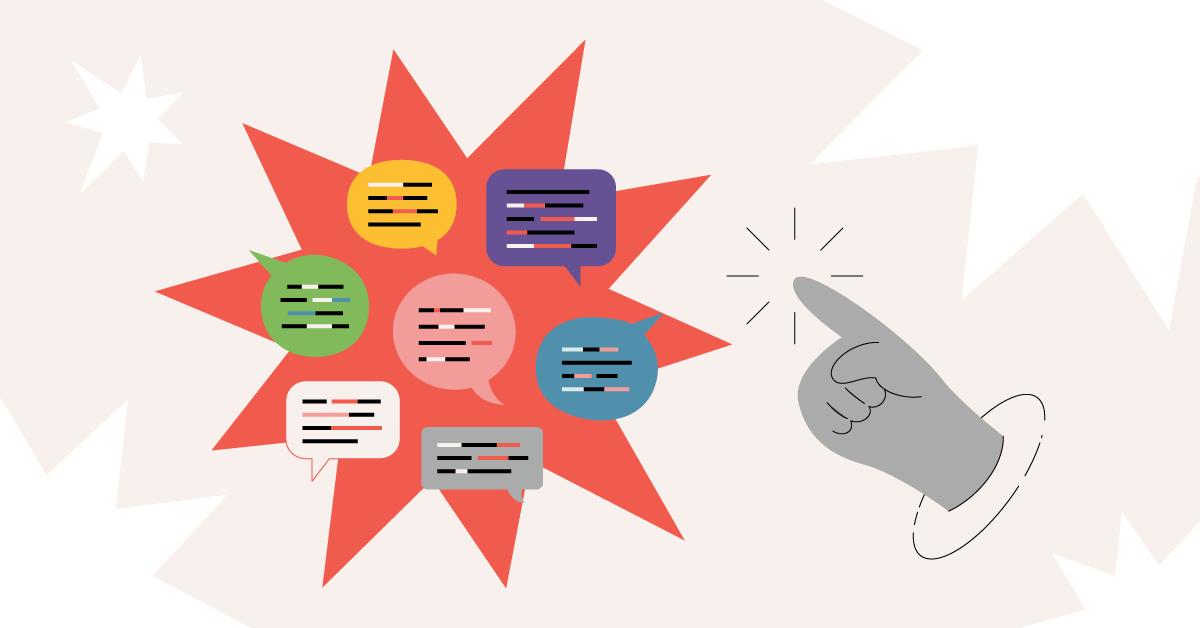
In the dynamic landscape of organizational development, consultants and coaches play a pivotal role in driving positive change. Their expertise is the key to solving people's problems, but it requires knowledge of an organization's pain points to be truly effective.
Here’s how to identify pain points as a consultant the right way.
Get Goals from the Company
Many consultants are brought into businesses with vague asks like ‘increasing engagement’ or ‘improving communication’. These goals are essential to guide efforts but can be too conceptual to be helpful, so take time to dig into each of their objectives. Organizations often pick up on surface-level issues when the more significant problem is structural and systematic.
By asking the right questions and meeting with the right people, you might discover that ‘improving communication’ is a concern because of conflict between departments, leading to a communication breakdown. That gives you a tangible starting point for development.
Talk to Everyone
Now that you have uncovered some of the issues within the organization, it’s time to make connections! Consultants must meet with people from every level of the organization; executives and frontline employees alike will bring valuable insight.
Getting diverse perspectives will help consultants discover exactly what needs to change in a company and how decisions affect every person employed. Try to protect privacy while gathering information; you will want honest opinions, so anonymize your findings whenever possible. Make sure that middle-level and lower-level employees know they will not be punished for the gift of honest feedback!
Use The Right Tools
The next step in addressing organizational pain points is to use the right tools. For consultants utilizing behavioral assessments, your first step is to determine what kind of assessment will be most effective in resolving pain points.
A multi-science approach can bring the highest level of insight needed for organizational change. Getting an entire team to take the TriMetrix EQ assessment, which is comprised of DISC, The 12 Driving Forces, and EQ, creates an excellent baseline of understanding. It gives a snapshot of people's behavior, motivation, and emotional prowess.
When an entire team takes the same assessments, they gain a shared vocabulary and an even greater understanding of one another. It gives them data to quantify pain points and words to put to their problems with one another or the organization at large.
Implement Change
Some consultants start and end by identifying pain points, but that leaves a lot of opportunity on the table. Helping teams and individuals implement change based on their needs and the outcome of their assessments will increase your opportunities for interaction and the expansion of your offerings.
By helping to develop a plan forward, the leaders of organizations show their employees that they care about tangible, actionable results. It will increase engagement and improve morale when workers see their specific pain points being addressed. A well-defined plan will give everyone involved confidence and help steer the future of the organization in a positive direction.
Track Data and Results
Now that you’ve identified the pain points by communicating across the organization, developed a shared vocabulary among teams, and created your progress plan, it’s time to ensure that work is not wasted. Tracking employee progress is as important as identifying issues in the first place.
You can do this by setting goals aligned with the resolution of pain points and setting development goals as part of that greater effort. Doing this will encourage employees' development and help them build confidence as they make necessary changes.
Turn Pain Points into Opportunities for Growth
By creating clarity up front, pursuing diverse perspectives, using the right assessment tools, tracking progress, and giving organizations a way forward, consultants can take pain points and turn them into results.
Want to harness the power of assessments for your consulting business or organization? Don’t wait!




